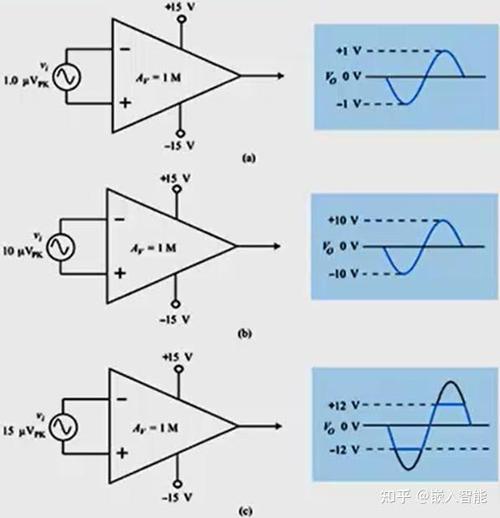
Op Amp Filters: A Comprehensive Guide for Understanding and Implementing
Operational amplifiers (op amps) are versatile electronic components that have found extensive use in various applications, including signal processing, amplification, and filtering. One of the most common applications of op amps is in designing filters, which are essential for shaping and manipulating signals. In this article, we will delve into the world of op amp filters, exploring their types, characteristics, and practical implementations.
Understanding Op Amp Filters
Before we dive into the specifics of op amp filters, it’s important to understand what a filter is and how it works. A filter is an electronic circuit that allows certain frequencies to pass through while attenuating or blocking others. This is achieved by using components such as resistors, capacitors, and inductors, which have specific frequency responses.

Op amp filters are designed using operational amplifiers, which are high-gain, differential-input, single-output devices. These amplifiers have a wide range of applications due to their high input impedance, low output impedance, and high gain. When used in filter design, op amps help in achieving precise control over the frequency response of the circuit.
Types of Op Amp Filters
There are several types of op amp filters, each with its own unique characteristics and applications. Let’s take a closer look at some of the most common types:
| Filter Type | Description | Applications |
|---|---|---|
| Low-Pass Filter | Allows low-frequency signals to pass through while attenuating high-frequency signals. | Audio signal processing, data transmission, and power supply filtering. |
| High-Pass Filter | Allows high-frequency signals to pass through while attenuating low-frequency signals. | Signal conditioning, image processing, and communication systems. |
| Band-Pass Filter | Allows signals within a specific frequency range to pass through while attenuating others. | Radio frequency (RF) filtering, audio signal processing, and communication systems. |
| Band-Stop Filter | Attenuates signals within a specific frequency range while allowing others to pass through. | Signal processing, noise reduction, and communication systems. |
Designing Op Amp Filters
Designing an op amp filter involves selecting the appropriate filter type, determining the desired frequency response, and choosing the right components. Here are some key considerations for designing op amp filters:
- Filter Type: Choose the filter type based on the application requirements. For example, a low-pass filter is suitable for applications that require signal smoothing, while a high-pass filter is ideal for removing low-frequency noise.
- Frequency Response: Determine the desired cutoff frequency, which is the frequency at which the filter starts to attenuate the signal. This can be calculated using the formula: f_c = 1 / (2 蟺 R C), where R is the resistance and C is the capacitance.
- Component Selection: Select the appropriate resistors and capacitors based on the desired frequency response and the available component values. It’s important to choose components with low tolerance and high precision to ensure accurate filter performance.
- Op Amp Selection: Choose an op amp with high gain, low input bias current, and wide bandwidth to ensure optimal filter performance. Some popular op amp models for filter design include the LM741, TL082, and OP-07.
Practical Implementations
Once the design is complete, it’s time to implement the op amp filter circuit. Here are some practical considerations for implementing op amp filters:
- Power Supply: Ensure that the op amp is powered with a suitable voltage supply, typically within the recommended range specified in the op amp’s datasheet.
- Component Layout: Arrange the components on the circuit board in a way that minimizes noise and ensures proper signal flow. Keep high-frequency components close to the op amp to reduce noise pickup.
- Decoupling Capacitors:


